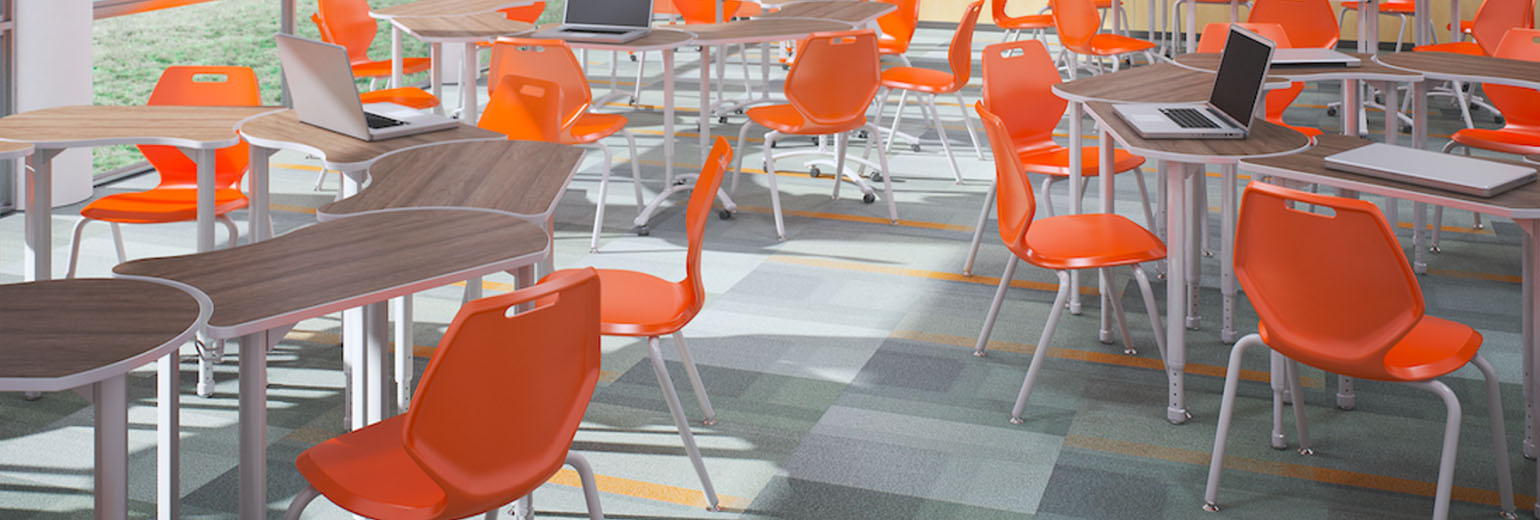When students work together on group projects, they learn critical 21st century skills that will help them in the workplace—and they also develop a much richer understanding of core content.
But implementing collaborative learning in the classroom can be tricky. One of the biggest challenges is teaching students how to collaborate with their peers effectively.
Students cannot be expected to know instinctively how to work well with others. This is a skill that needs developing, like any other. And as educators would do with any other skill, it’s important to teach the elements of successful collaboration explicitly before having students apply this skill on their own.
The interpersonal skills needed for effective collaboration include listening to others, respecting other people and their opinions, asking clarifying questions, communicating one’s own ideas clearly and concisely, trusting other members of the group, learning how to compromise, and managing conflict. Students should know what each of these behaviors involves and how to practice it in their daily interactions.
Here are some ideas for developing these skills among students:
- Use conflict as a teachable moment. “Instead of seeing conflict as something that you must immediately step in the middle of and put a stop to, see conflict as an opportunity,” says the Association of American Educators (AAE). Help students learn to mediate their own conflicts, providing guidance where necessary but stopping short of imposing your own solution.
- Model effective collaboration for your students. “Set a good example for collaboration by working with other teachers and faculty members often,” AAE says. “Talk about your planning sessions and your experiences working with other teachers, and allow (students) to experience the rich interdisciplinary results of such collaboration. This way, they will see both the how and the why of collaboration.”
- Give students opportunities to build trust and rapport among their groups through icebreakers and team-building exercises.
- Reflect with your students after collaborative projects. Spend time wrapping up the task by discussing not just the project itself, but how students worked together. Highlight both good and bad examples of the collaboration you saw, always being careful not to call out or embarrass particular students.
Of course, creating a classroom environment that is conducive to collaborative learning is important as well. Flexible classroom furnishings, such as desks and tables from Arizona Furnishings that easily can be arranged into multiple configurations, allow you to create groupings of various sizes and compositions to suit different types of collaborative projects throughout the year.
For more information, contact Arizona Furnishings today at 800.872.2287.
– Cindy Eggebrecht


